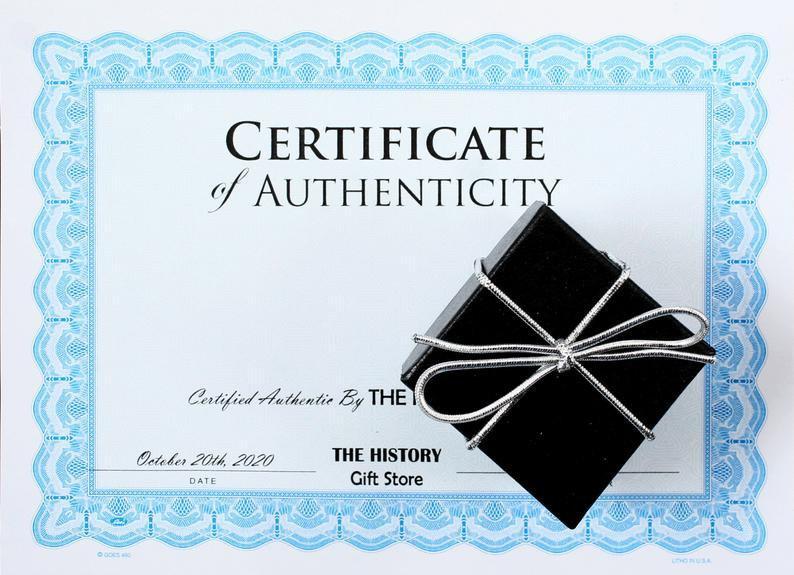Made for the royal court with finely worked 11 1/8" brass blade with swelled medial and flared convex tip. Both sides divided with five shallow broad fullers, the edges of which develop to incised cabled lines. The entire field both sides completely engraved in tightly patterned diagonal texture. The tip with alternating punch marks in a curved line. The hilt completely wound with domestically produced ridged brass banding. The pommel top inset with brass trade tacks. Condition as expected for a treasured weapon with exceptional patina from handling, including a dark band at the blade base which was protected from cleaning and glossy patina to the wood. Complete and no damage, however, completely capable of serving to decapitate a victim. It is known that executions of high ranking individuals sometimes took place at court. No other instrument, other than the club knives used by slavers is known and those, owing to their association with the flesh trade, would be deemed unsuitable for the execution of a person close to the royal court. Accordingly, it is reasonable to assume that this is the instrument of those executions. While copper and brass knives (both metals deemed more precious than gold and reserved for royalty) are occasionally encountered, they were likely relegated to dress (prestige) use or as gifts. This, to our knowledge, is the only brass executioners sword known. C.1880 from the Baptist Missionary Society Collection.








